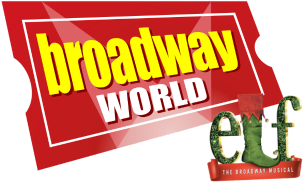New York|Miami... From December 3 through 6, 2015, Dominique Lévy will present You Must Go On. I Can't Go On. I'll Go On. in the gallery's booth (K11) at Art Basel Miami Beach. Featuring works by David Hammons, Robert Mangold, Agnes Martin, Senga Nengudi, Thomas Schütte, Frank Stella, Rudolf Stingel, Günther Uecker, and Christopher Wool, this exhibition explores how, with Minimalist painting in the 1960s, the medium reached an endgame, a breaking point. After critics and curators alike decried painting as dead, however, artists continued to create, to go on, pushing past the previously conceived limits of the medium.
The exhibition takes its title from the closing lines of Samuel Beckett's novel
The Unnamable. Here, the anonymous narrator's interior monologue reaches an impasse: how, he asks himself, can he find a way to proceed at the cusp between narratives? His central concern is that he may be constructed by the very language that he speaks, his identity folding back on itself, made by the means of his own thinking. Thus, he realizes, he cannot exist outside the formal parameters of the medium by which he is formed. These lines reveal the dilemma inherent in such a construction: how might one continue to create, to
exist, after the medium's breaking point has been reached?
Written in 1953, Beckett's novel stands as a literary corollary to postwar American painting. Intentionally and hermetically sealed off from social, historical, and expressive modes, the paintings of such artists as
Agnes Martin,
Frank Stella, and
Robert Mangold represent the moment at which formal concerns turned in upon themselves. At this time, when the medium served only to represent itself, art became one and the same as the structures and supports that comprised it.
You Must Go On. I Can't Go On. I'll Go On. presents works by Martin, Stella, and Mangold next in proximity to several artists who responded to the call of Minimalism with Beckett's staunch declaration:
I'll go on.
One such response-embodied by Post-Conceptual painters on view, Christopher Wool and Rudolf Stingel-was to self-reflexively reintegrate the history of painting into the act of painting, thus opening the Minimalist gesture onto its own modes of production. Another response, taken up by
David Hammons and
Senga Nengudi, involved making use of the formal modalities of Minimalism and Post-Minimalism and applying them to larger social issues.
Such means of proceeding forward point directly back to the painting of the 1960s as the precipice, the decisive moment. Those who, by necessity, took up the provocation of
going on after painting had closed in on itself could not merely continue: these artists repeatedly reckoned with their predecessors, reexamined the medium, and turned to the tropes of the past, often employing them to ironic or subversive ends.
I'll go on, they insisted,
I'll go on-by upending that which they were leaving behind, by referencing and re-appropriating their point of departure: formalist painting.
Instagram: @dominiquelevygallery
Twitter: @DLevyGallery
#dominiquelevygallery
#paintingafterminimalism
